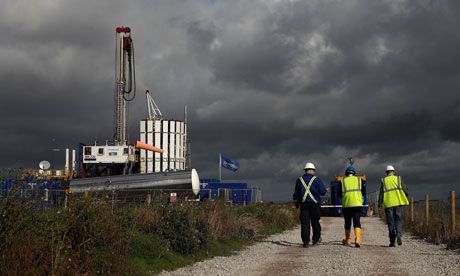
A report, produced by Professor Sir Mark Walport, the government’s chief advisor on science policy, is a huge blow to the British government which has touted fracking as the best means to produce energy in the future.
The report which was published on Friday warned that fracking could have serious negative impacts on health and the environment that could last for decades.
The effects of fracking could be as dangerous as asbestos, thalidomide, or tobacco toxins, the UK’s leading scientist has warned, claiming the government has adopted the process without considering the side effects, reports RT

BYPASS THE CENSORS
Sign up to get unfiltered news delivered straight to your inbox.
You can unsubscribe any time. By subscribing you agree to our Terms of Use
Sir Walport also said the government is putting too much faith in fracking, and that historical examples of cheap energy extraction often ended up causing more damage to the environment in the long-term.
“History presents plenty of examples of innovation trajectories that later proved to be problematic — for instance involving asbestos, benzene, thalidomide, dioxins, lead in petrol, tobacco, many pesticides, mercury, chlorine and endocrine-disrupting compounds,” he writes in the report.
“In all these and many other cases, delayed recognition of adverse effects incurred not only serious environmental or health impacts, but massive expense and reductions in competitiveness for firms and economies persisting in the wrong path.”
Earlier this month, Energy Minister Matthew Hancock dismissed claims that fracking would damage the environment, and that shale was “essential” for economic growth.
“This new initiative is part of the long-term economic plan that this government continues to work through,” he told the House of Commons.
Sir Walport’s report also compares fracking to thalidomide – a dangerous chemical that was adopted in a number of drugs in the 1950’s and 60’s, particularly those aimed at pregnancies and childbirth. As a result, the drug killed over 80,000 babies and 20,000 expectant mothers before it was withdrawn in 1961.

